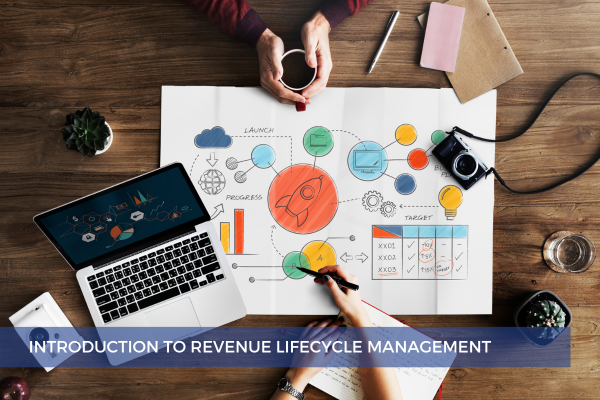
30
AprIntroduction to Revenue Lifecycle Management
In the rapidly evolving world of modern business, companies strive to manage the revenue lifecycle efficiently—from initial sale to payment collection. The challenge? A lack of unified systems focusing on the entire process and customer relationship. Enter Revenue Lifecycle Management (RLM), a solution designed to navigate this complex landscape with one critical mission at the forefront: generating revenue.
Value of Revenue Lifecycle Management
Revenue Lifecycle Management (RLM) acts as a unified platform, transcending traditional Configure, Price, Quote (CPQ) systems by integrating end-to-end solutions for managing the entire revenue lifecycle. This integration covers everything from Product and Price Management, CPQ, Order and Fulfillment Management, to Contract Management, Billing, and Collections. The evolution of RLM brings about new capabilities and flexibility, marking a logical progression from the Revenue Cloud. A notable advancement is its user-friendly interface, enhanced with visual information and fully customizable through screen flow support.

RLM introduces several innovative features and capabilities:
-
True Price Engine: This is a completely headless engine that generates pricing information as soon as you enter data. It eliminates the need for quotes to determine prices. The engine works with different pricing methods allowing entry from any Salesforce object.
-
AI and Platform Capabilities: Built natively on Salesforce's Einstein AI platform, RLM provides a single, scalable platform solution. It leverages trusted AI for efficiency and supports complex product bundling and an omnichannel selling approach.
-
Asset Management: Facilitates midstream amendments, and sets prices based on the last transaction or the price book, enhancing flexibility in managing contracts and customer relationships.
-
Selling Models: Introduces new selling models for products, including term-based options (monthly, annually, evergreen, or one-time), alongside attribute classification, attribute-based pricing and discount calendar.
-
Configurable Price Waterfall: allows to visualize and change the breakdown of pricing components directly within quotes. Integrated pricing configurator UI supports real-time, attribute-based, and instant pricing.
In conclusion, Revenue Lifecycle Management (RLM) marks a significant evolution in managing the entire revenue lifecycle, from Product and Price Management to Billing and Collections. It offers a more comprehensive and user-friendly approach, with customizable features, paving the way for a unified future where every piece of data works in your favor.
Comments (0)